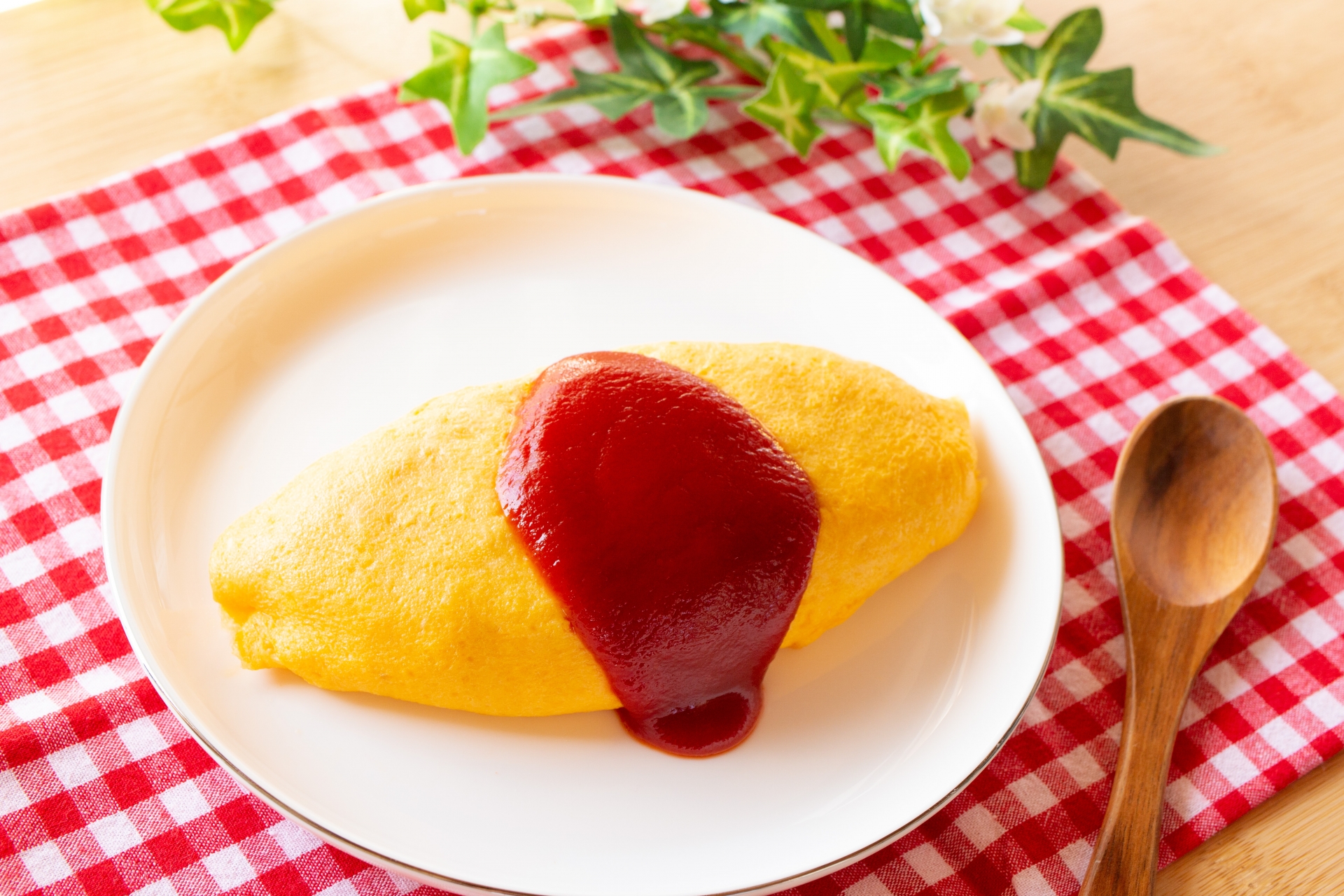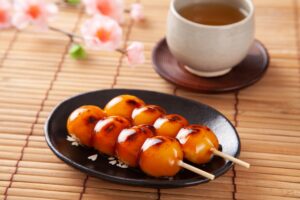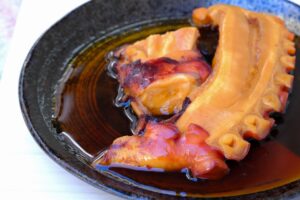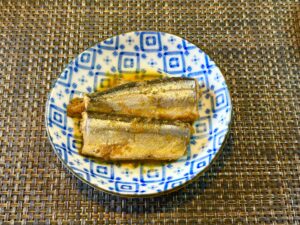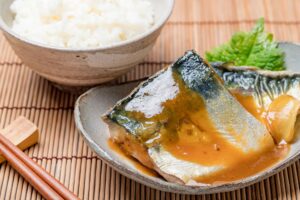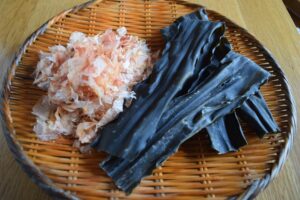Omurice (short for “omelet rice”) is a classic Japanese comfort food made by wrapping seasoned fried rice in a fluffy omelet. Popular in cafés, homes, and even anime scenes, this delicious fusion dish is more than just eggs and rice. In this article, we’ll uncover its origin, explore different styles, share recipes, and explain why it’s so adored worldwide.
What Is Omurice?
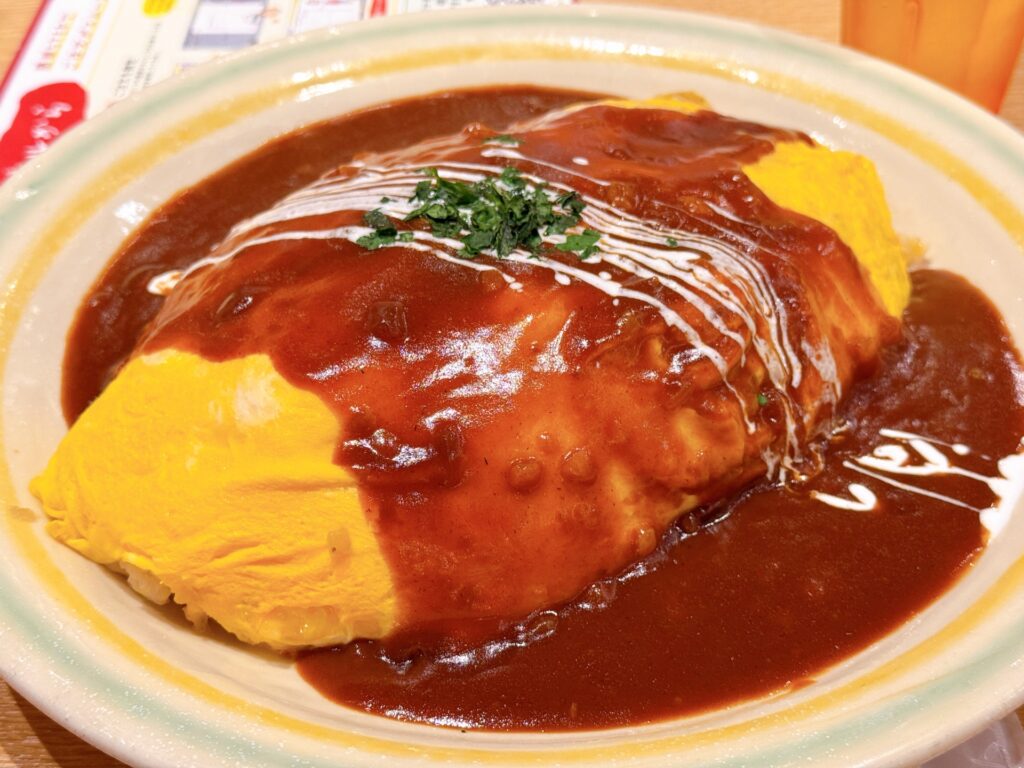
Omurice, short for “omelet rice,” is a beloved Japanese comfort food that combines Western and Eastern flavors into a single, hearty dish. At its core, omurice consists of seasoned fried rice—typically cooked with ketchup, onions, chicken, and sometimes mixed vegetables—wrapped inside or topped with a soft, fluffy omelet. It is then drizzled or decorated with ketchup in playful swirls or messages, making it both flavorful and visually charming.
The name “omurice” comes from combining the English words “omelet” and “rice,” and it falls under the category of yoshoku—Western-influenced Japanese dishes that became popular in the early 20th century. Though simple in ingredients, omurice holds a nostalgic charm in Japan and is often associated with childhood, home-cooked meals, and cozy cafe culture.
The History and Cultural Roots of Omurice
Omurice is believed to have originated in the early 1900s in either Tokyo’s Ginza district or Osaka’s thriving culinary scene. One theory credits the famous Rengatei restaurant in Ginza, where Western-style dishes like hayashi rice and pork cutlet were already gaining popularity. The chefs there reportedly invented omurice as a creative way to serve rice and eggs together.
This fusion dish emerged during the Meiji and Taisho eras, a time when Japan was embracing foreign culinary influences. Omurice became a staple of yoshoku, adapting Western cooking techniques while maintaining a Japanese approach to taste and presentation. Today, omurice is considered a nostalgic, home-style meal often made by parents for their children or served in family-run cafes across the country. It also frequently appears in Japanese media as a symbol of warmth and care.


Different Types of Omurice: From Classic to Contemporary
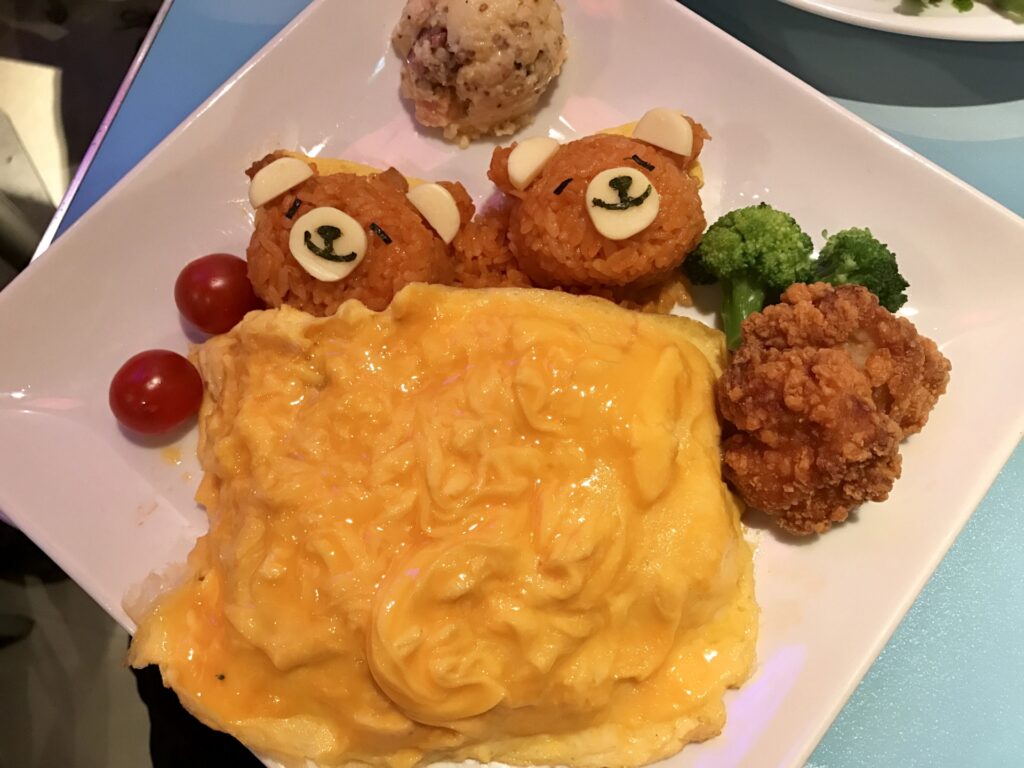
While the original version of omurice features chicken fried rice flavored with ketchup and topped with a thin omelet, modern variations have expanded its flavor profile and aesthetic appeal. One popular alternative uses a demi-glace sauce instead of ketchup, adding richness and depth. Some chefs incorporate cream sauces, curry, or even cheese toppings.
A standout innovation is the “tornado omurice,” where the egg is spun into a spiral and placed atop the rice, creating a mesmerizing effect. Others include baked versions, omurice gratin, and versions with seafood or beef.
Regional differences also exist. In Hokkaido, butter and cream are common, while Kansai-style omurice may be larger and heartier. Cafes sometimes personalize the dish with cute ketchup drawings or messages, enhancing its kawaii (cute) appeal.

Korean-Style Omurice and Global Adaptations
Korean-style omurice, known as omuraisu or omeuraiseu, often leans into bolder flavors. It may include kimchi-fried rice, gochujang-based sauces, or spicy beef fillings. Cheese-stuffed omelets are also popular in Korea, giving the dish an indulgent twist.
In other parts of Asia, such as Thailand or Taiwan, local ingredients and spices are added to cater to regional palates. Western adaptations sometimes swap out ketchup for hot sauce, BBQ glaze, or sriracha mayo. Despite these variations, the essence of wrapping flavorful rice in an omelet remains central to all versions.
Vegan and Gluten-Free Omurice
For those with dietary restrictions, omurice can be easily adapted. Tofu or plant-based meats can replace chicken, and vegetables like mushrooms, bell peppers, and edamame make excellent additions. Instead of eggs, use vegan egg alternatives made from mung beans or chickpeas.
For a gluten-free version, substitute soy sauce with tamari and ensure condiments like ketchup are gluten-free. Brown rice or quinoa can be used for a fiber-rich, whole-grain twist. These adaptations allow more people to enjoy this classic dish without compromising on taste or presentation.
How to Make Omurice at Home: Step-by-Step Guide
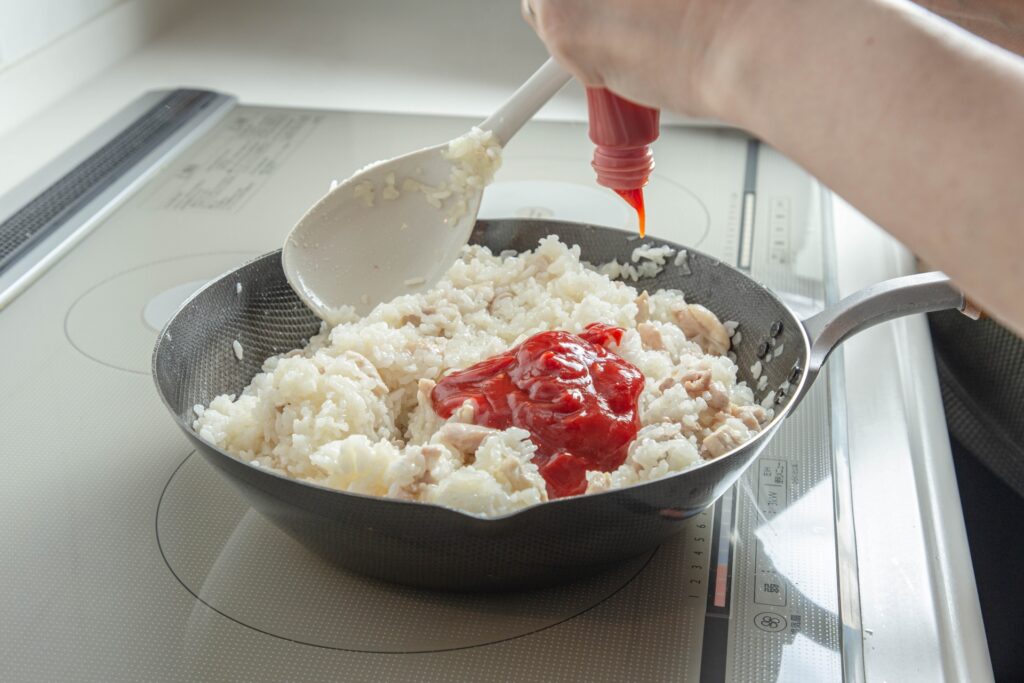
Making omurice at home is both fun and rewarding. Here’s a simple recipe perfect for beginners:
Ingredients:
- 2 cups cooked rice (preferably day-old)
- 1/4 lb diced chicken or tofu
- 1/4 onion, chopped
- 2 tbsp ketchup (plus extra for garnish)
- Salt and pepper to taste
- 2 eggs
- 1 tbsp milk (optional, for fluffier omelet)
- Oil for frying
Instructions:
- Make the fried rice: Heat oil in a pan, cook onion until translucent. Add chicken and cook thoroughly. Stir in rice and ketchup, seasoning with salt and pepper.
- Cook the omelet: Beat eggs with a splash of milk. In a separate non-stick pan, pour in the egg mixture and tilt the pan to form a thin omelet. Cook until just set.
- Assemble: Spoon the fried rice onto a plate in an oval shape. Gently place the omelet over the rice or fold it around the rice like a pouch.
- Decorate: Use ketchup to draw a smiley face or write a message. Serve warm.
Tips: Don’t overcook the egg—it should be soft and slightly runny for the best texture. Use chilled rice for better frying.
Omurice in Anime and Pop Culture
Omurice holds a special place in Japanese pop culture. It frequently appears in anime, dramas, and films as a symbol of home-cooked warmth or romantic gestures. One of the most iconic appearances is in The Garden of Words, where the protagonist makes a beautiful omurice for his teacher.
In Shokugeki no Soma (Food Wars!), omurice is elevated to gourmet status with high-level techniques and elaborate sauces. Similarly, in slice-of-life anime like Clannad or Working!!, characters are often seen enjoying omurice in cozy diners.
Maid cafes in Akihabara famously serve omurice with personalized ketchup art, turning the dish into an interactive experience. These cultural portrayals highlight the emotional and aesthetic appeal of omurice, far beyond its basic ingredients.
Where to Eat Omurice in the U.S. (or Abroad)
Omurice is no longer confined to Japan. In the United States, you can find excellent renditions of the dish in cities with vibrant Japanese food scenes:
- Los Angeles: Try Curry House, Marugame Monzo, or Kitchen Mouse (vegan option).
- New York City: Check out Hi-Collar, Go Go Curry, or Ootoya.
- San Francisco: Visit Delica, Izumiya, or Onigilly.
- Chicago: Explore Ramen Takeya or Wasabi.
Internationally, omurice is popular in Korea, Taiwan, and even parts of Europe. Many Asian fusion restaurants now feature it on their menus, especially where Japanese pop culture has a strong following.
FAQs About Omurice
Is omurice healthy?
Omurice can be relatively healthy depending on the ingredients. Use lean protein, minimal oil, and load up on veggies for a balanced meal. Opt for brown rice for added fiber.
What’s the difference between omurice and Western omelets?
Western omelets typically have fillings folded into them and are not served with rice. Omurice uses the egg as a wrapper or topping for seasoned rice, making it more of a complete meal.
Can I use brown rice or other fillings?
Absolutely. Brown rice, quinoa, or cauliflower rice can be great alternatives. Fillings like shrimp, beef, mushrooms, or plant-based meats also work well.
Is omurice Japanese or Korean?
Omurice originated in Japan but has been widely adapted in Korea with spicy, cheesy twists.
What does omurice taste like?
It’s savory, slightly sweet from ketchup, and comforting—like a warm, tomato-flavored hug wrapped in eggs.
Final Thoughts: Why Everyone Should Try Omurice
Omurice is more than just a dish—it’s a cultural icon, a canvas for creativity, and a nostalgic comfort food rolled into one. Whether you’re making it at home, spotting it in anime, or ordering it at a local izakaya, omurice offers a flavorful, feel-good experience. Its adaptability—whether vegan, spicy, or cheesy—means there’s a version for everyone. Try making it yourself or order it next time you see it on a menu. You might just discover your new favorite comfort food.

